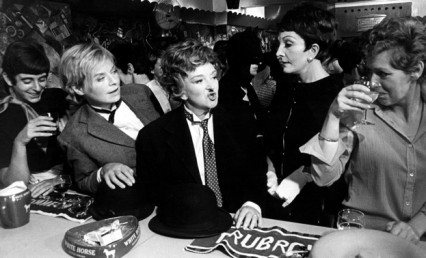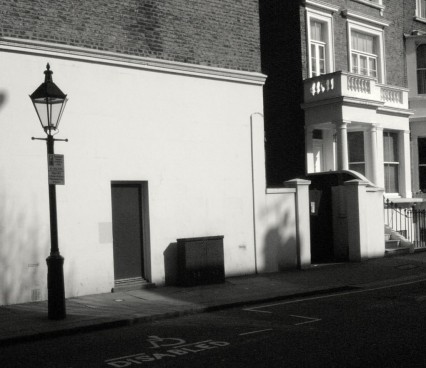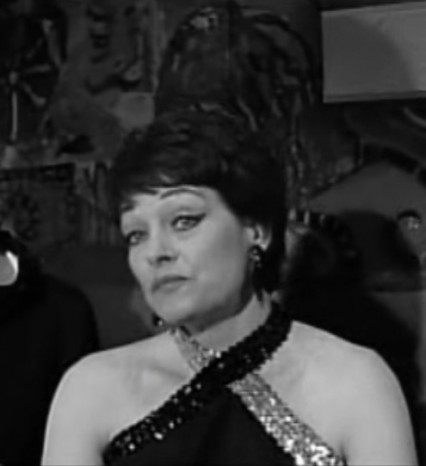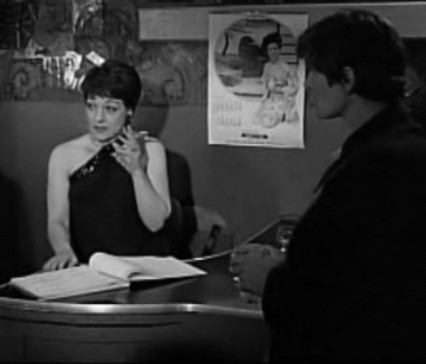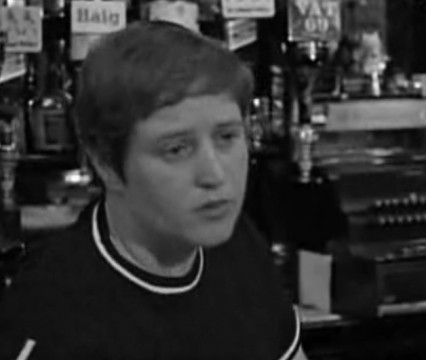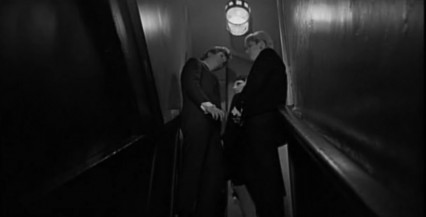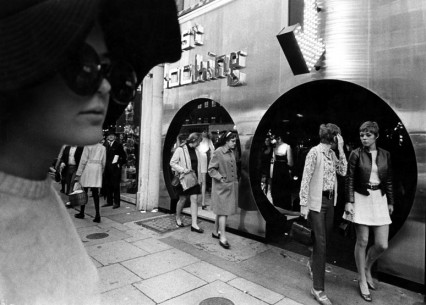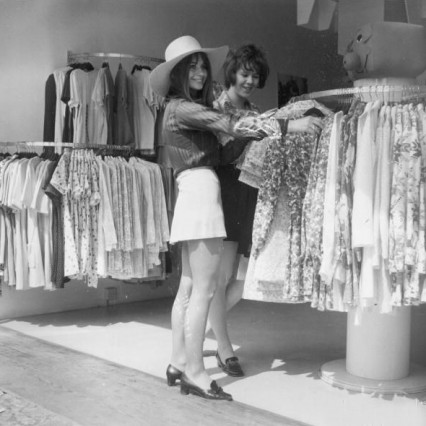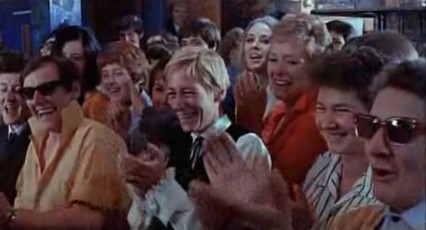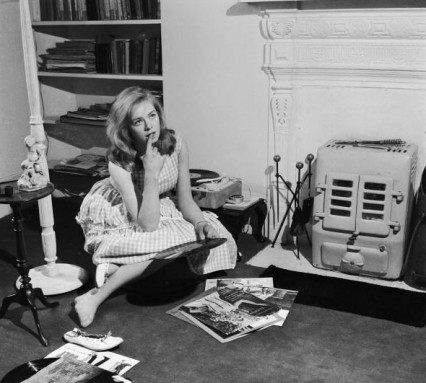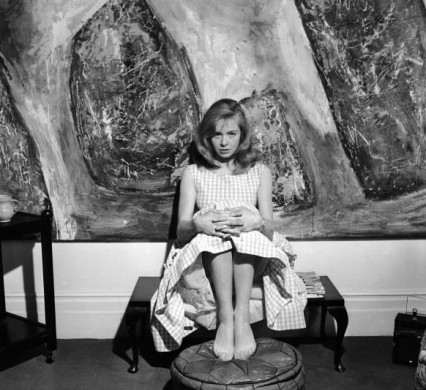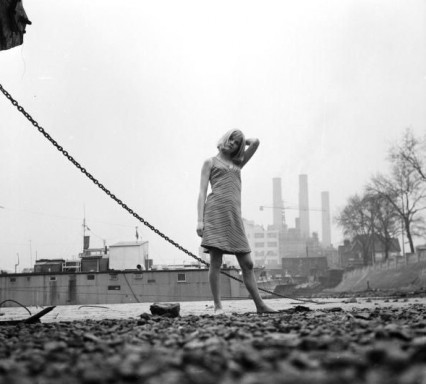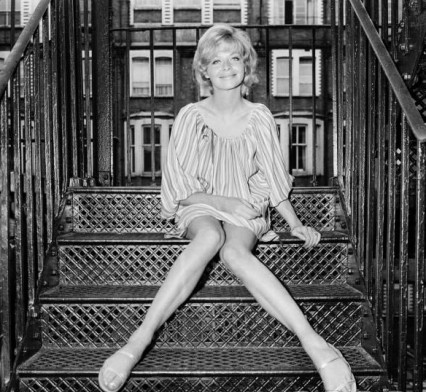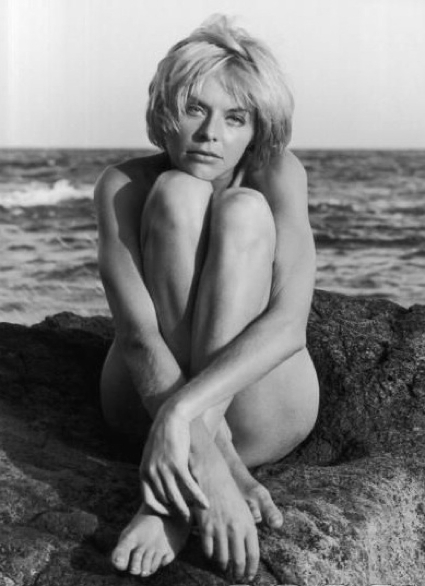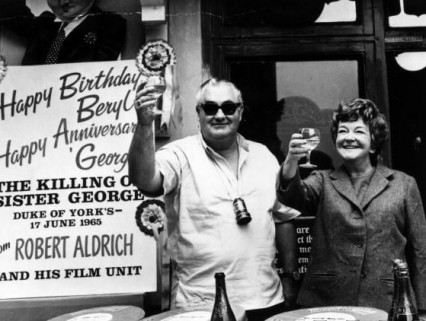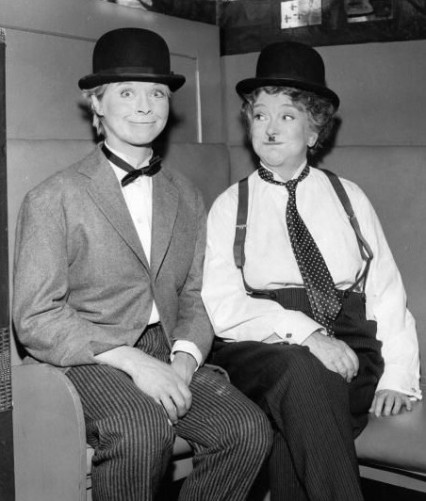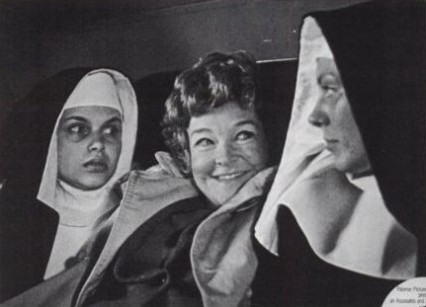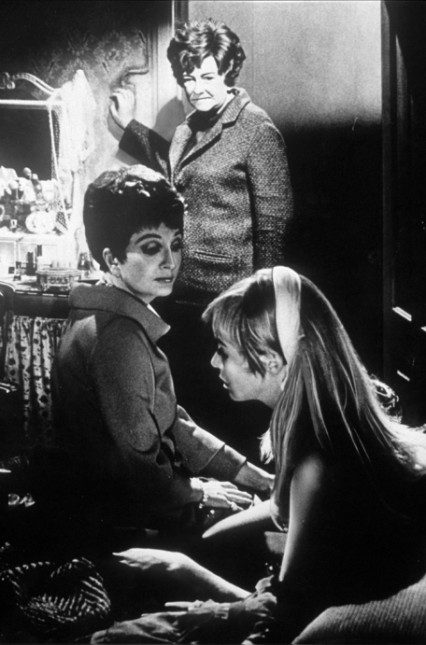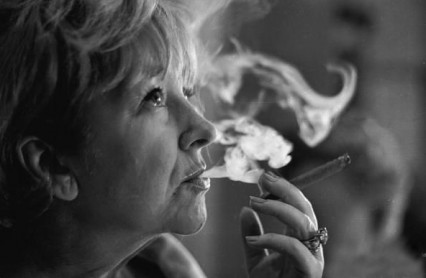“They had me in bed making love to the girl…close, like baked beans”
In a book originally put together by Hunter Davies in the late sixties called The London Spy – A Discrete Guide To The City’s Pleasures, there are two chapters written specifically for gay and lesbian visitors to London.
The first, entitled ‘Men For Men’, notes around twenty venues where men could meet ‘soul or bed-mates and/or escape the attentions of the fat girls with whom you flew over on your chartered 747′. One of these clubs, under the sub-title of ‘non-dancing clubs’ was called Gigolo at 328 King’s Road (now a carpet shop) and was described by the book as an “Aptly named, hot, incredibly packed coffee bar. A frotteur’s delight. Lots of Spanish waiters and terrified Americans. The Rolls-Royce outside could be the one to whisk you away from it all.”
In the second chapter called ‘Women for Women’ and written by the novelist Maureen Duffy, there is mention of just one venue – the famous Gateways Club.
The Gateways had been in existence at 239 Kings Road on the corner of Bramerton Street in Chelsea since the thirties. It became more or less exclusively lesbian during the war when a huge number of women came to London to work or were stationed nearby and needed somewhere to go they could call their own.
A man called Ted Ware took over the club during the war, purportedly winning it in a poker game (“I raise you my lesbian members-only club…”). He married an actress called Gina Cerrato in 1953 and she soon took over the running of the club, joined, after a few years, by an American woman called Smithy who originally came to England as a member of the American Airforce. After an arranged marriage in the early sixties Smithy stayed in London for the rest of her life.
The membership fee during the sixties was just ten shillings (50p) and no guests were admitted after ten o’clock to discourage people who had spent their money elsewhere. Maureen Duffy explained that ‘rowdies or troublemakers’ were often banned immediately. Being excluded in those days was more than just embarrassing, it was unbelievably inconvenient – the nearest alternative lesbian club would have been in Brighton. Dining out with a girlfriend was often too expensive for a lot of women and even into the sixties women wearing trousers were actually banned from most restaurants. Pubs were still unpleasant places for women especially if unaccompanied by a man. In 1969 the London Spy guide book’s main advice for women looking for a drink was, essentially, to avoid pubs if they were alone, saying;
You may be thirsty, but nobody, nobody will believe you.
So for many lesbians the Gateways Club was the only relaxing and affordable place they had to go.
During the eighties the club became quieter probably because other lesbian and gay venues were opening in London, and eventually Gateways only opened at weekends. The local neighbourhood in Chelsea was also becoming more and more upmarket and the club lost its late-licence in 1985 due to complaints about loud music. Not long afterwards the famous green door was subsequently closed for ever.
Between the 9th and 16th of June in 1968 The Gateways club became internationally famous when it appeared as a backdrop to many scenes filmed for The Killing Of Sister George, a movie starring Beryl Reid, Coral Browne and Susannah York. In 1960, York, a starlet at the beginning of her acting career and newly married, lived in a house at World’s End in Chelsea just a few hundred yards from the Gateways. Although it’s reasonably safe to say that York wasn’t a regular.
Robert Aldrich, the director, whose previous film was the slightly more macho The Dirty Dozen, decided to include actual customers rather than extras when they filmed scenes in the club. Gina, Smithy and the regulars performed stiffly and uncomfortably in front of the camera but when the film was released, for a lot of people, this was the first glimpse of a hidden lesbian sub-culture they had ever seen.
When Beryl Reid was first introduced to The Gateways she said;
If I had been here before I did the play I’d never have done it. I didn’t realise they held each other and went to the gent’s loo.
Reid, when shown the script for the film, also baulked at the sex scenes (the original play had none, in fact when Robert Aldrich first went to see the play he didn’t realise it was about lesbians at all) and said;
They had me in bed making love to the girl…close like baked beans…I said ‘No, not on your nelly – or maybe her nelly’. I just could not do it. The thought made me sick. It may be silly, but that sort of physical contact, starkers, with another woman frightened me to death.
Susannah was a bitch to her [Coral Browne] because she [York] simply didn’t want to do the scene.
The Killing of Sister George can’t be said to be exactly a ‘positive’ view of lesbianism and indeed a critic at the time it was released, suggested that the film ‘dealt with lesbians entirely through the eyes of heterosexual males’. It was a groundbreaking film in many ways and despite the somewhat cliched dialogue, the movie only condemned or criticised the various characters’ foibles and hypocrisies and not really their sexuality. Aldrich said of the character played by Beryl Reid;
Sister George’s loud behavior and individuality . . . are encompassed in her personality, they’re not a product of her lesbianism. . . . She didn’t give a shit about the BBC or the public’s acceptance of her relationships.
The scenes Aldrich filmed at The Gateways were actually notable for their lack of sensationalism (unlike other films at the time trying to cover similar subject matters) and showed the regulars dancing, drinking and flirting just like any other londoners in any other London club.
Buy Maureen Duffy’s novel The Microcosm (set largely at the Gateways Club) here
UPDATE: I got an email from Gina Ware, the daughter of Gina and Ted Ware. She wanted me to correct the fact about Ted winning the club in a poker game. It was actually a boxing match in 1943 being shown at The Dorchester! It cost £100 to transfer the licence.
Gina, interestingly, also wrote:
By the way, Gina and Smithy were not a couple in the romantic sense (though in some senses God knows whose business it is other than theirs bless ‘em). I do know the full story and can assure you I am right. But I can say this, I have never known a friendship like it. They were both at my father’s side when he died. Three more interesting, kind-hearted and unique people you will seldom meet.
I also found these amazing photos which are part of the LIFE collection. They are marked just as Chelsea with not even a date but they are of the Gateways Club and were taken around 1953/4.
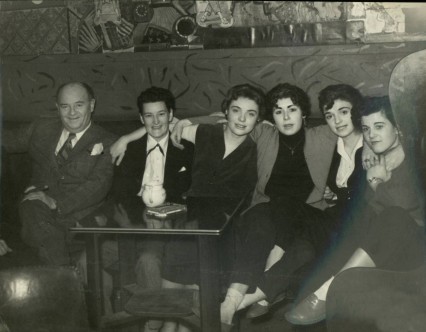
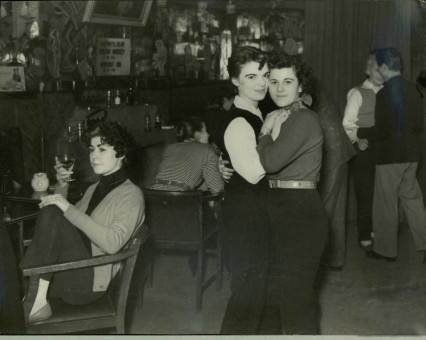
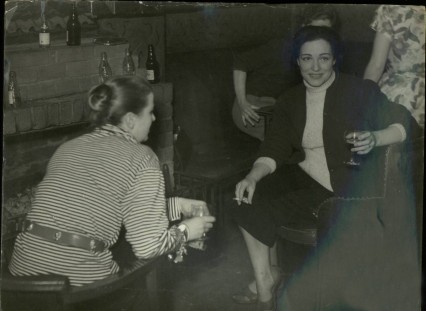
Gina Ware around the time of her marriage in 1953
I received this email from Gina about the photographs (which are no longer online):
They are fantastic pictures. Lovely one of my old man bless him. And the pictures of the women speak volumes. Jill Gardiner (author of ‘From the Closet to the Screen, Women at the Gateways Club 1945–85′) and I struggled so hard to try to bring out the particular flavour – it doesn’t conform with the usual views in so many ways. Her publishers edited out a lot as did the Guardian when they published Mum’s obituary – hate to say it but they actually were very inclined to politically correct us in a way I found a bit sickening and counterproductive. Some of it I understand but some of it is just about not wanting to admit that these women were not quite as oppressed and in the closet as they would like to believe – they were not rescued from oblivion and misery by the gay rights movement and academic feminists, they were doing fine themselves – in fact many of the older women reckon they made things that were heading in the right direction (and were a lot of fun) worse. And this is working class women, not privileged arty sorts.
I have hundreds of postcards written by members back to my Dad at the club from all over the world where they were out exploring to find out what the gay scene might be. I even have one where someone writes to say she and her girlfriend were up Macchu Picchu (I think) in Peru and met another member – and that was in the 50s! The material I have gives such a unique view, so direct as well.
It’s kind of sad for me looking back at it all – I so wish I had someone left who would remember exactly who all those people were. Dad wouldn’t be surprised – he always said it was going to be an incomparable story one day. He used to laugh at the News of the World’s strapline ‘All human life is here’ – they don’t know they are born he would say!
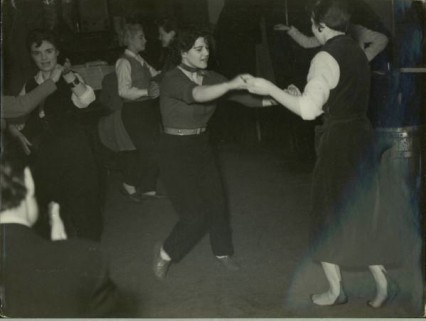
Good times at the Gateways Club
